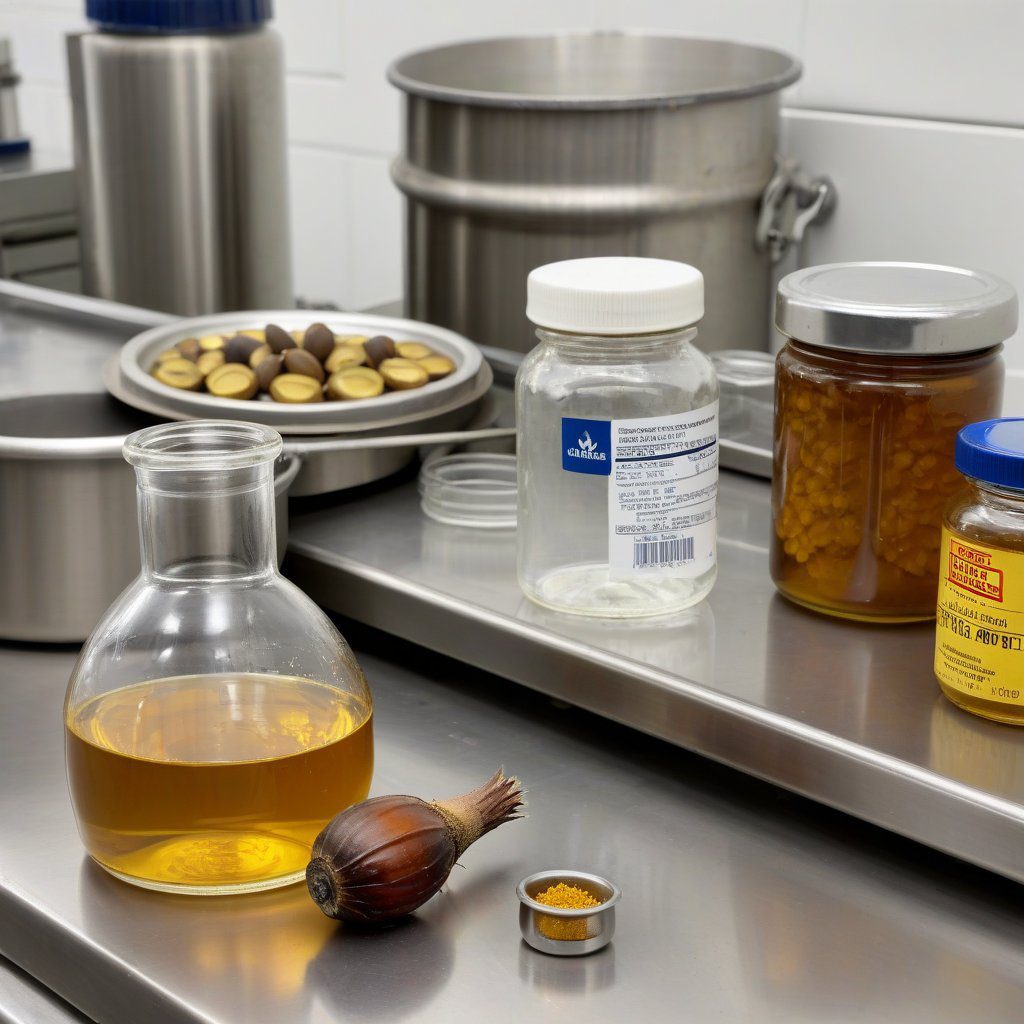Chemical Product Specifications Overview
Chemical product specifications are detailed documents that outline the necessary attributes and quality standards for chemical products. These specifications are crucial for manufacturers, suppliers, and consumers, ensuring that products like diethanolamine, monoethanolamine, and triethanolamine meet industry requirements. They include various parameters such as composition, purity levels, and acceptable limits for contaminants.
Importance of Chemical Product Specifications
The importance of chemical product specifications lies in their role in ensuring safety, efficacy, and compliance with regulatory standards. For high-purity amines, specifications help determine their suitability for specific applications, including pharmaceuticals, agriculture, and industrial processes. These guidelines are essential for maintaining product consistency and reliability.
Key Components of Specifications
Specifications typically encompass several key components, including chemical identity, physical and chemical properties, and specific tests for quality control. For instance, a specification for diethanolamine would detail its molecular formula, boiling point, and density, alongside purity requirements of 85% and 99% concentrations. This thorough approach helps users understand the product’s characteristics.
Testing Methods and Procedures
Testing methods and procedures are integral to validating that chemical products meet their specifications. Techniques such as gas chromatography, titration, and spectroscopy are common for assessing the purity and concentration of amines. By employing standardized testing methods, suppliers can ensure that their products adhere to the specified quality standards.
Regulatory Compliance
Compliance with local and international regulations is a critical aspect of chemical product specifications. Manufacturers and suppliers must align their products with guidelines set forth by organizations such as the Environmental Protection Agency (EPA) and the Occupational Safety and Health Administration (OSHA). Adhering to these regulations not only ensures safety but also enhances marketability in international trade.
Documentation and Traceability
Proper documentation and traceability are essential in the chemical industry. Specifications should be accompanied by Certificates of Analysis (CoA) that confirm the product’s conformity to its stated specifications. This documentation is vital for customers, especially in regulated industries, as it provides assurance regarding product quality and safety.
Market Applications of High-Purity Amines
High-purity amines, such as diethanolamine, monoethanolamine, and triethanolamine, have diverse applications across various industries. These specifications guide their use in areas such as personal care products, textiles, and agrochemicals. Understanding the specifications helps manufacturers select the appropriate grade of amine for their specific needs.
Supplier Considerations
When sourcing chemical products, it is crucial to consider the supplier’s ability to provide products that meet the required specifications. Suppliers should have a robust quality management system in place to ensure consistent product quality. For example, Position Diplomata, as a leading Brazilian supplier, emphasizes the importance of high-purity standards for exporting amines to the U.S. market.
Future Trends in Chemical Product Specifications
As the chemical industry evolves, so do the standards and specifications that govern it. Emerging trends such as sustainability, green chemistry, and innovations in chemical processing are influencing how specifications are developed. The demand for environmentally friendly products is driving changes in the specifications for chemical products, including amines, to ensure compliance with global sustainability goals.


